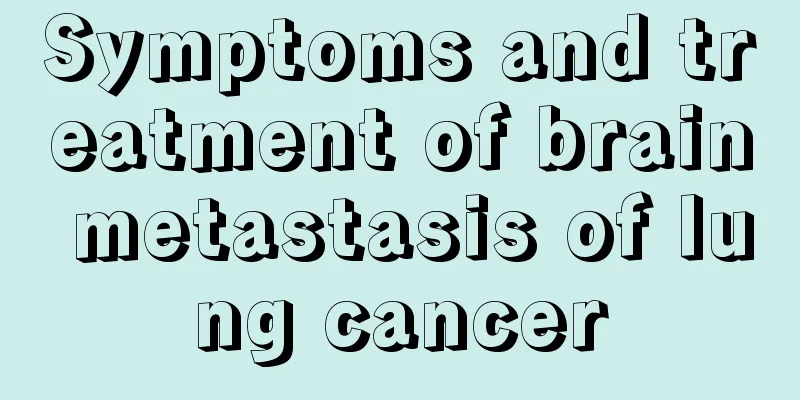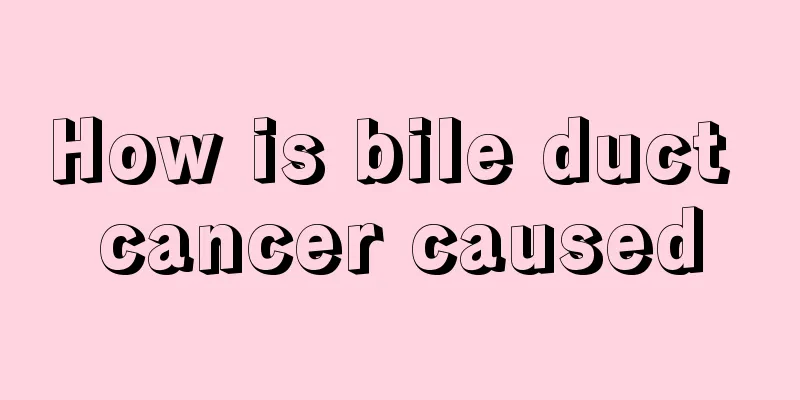Conventional methods of Western medicine in treating bile duct cancer

|
Conventional methods of Western medicine for treating bile duct cancer: 1. Therapeutic chemotherapy for advanced cholangiocarcinoma Commonly used chemotherapy drugs are similar to those for other gastrointestinal cancers, mainly including 5-fluorouracil, doxorubicin ADM, mitomycin MMC nitrosourea, etc. It can be used for systemic or arterial catheterization. Since the blood supply of the bile duct comes from the hepatic artery, arterial chemotherapy may have a better effect than the former. Some studies have indeed shown that chemotherapy can relieve the symptoms caused by bile duct cancer, improve the quality of life of patients, and prolong survival. 2. Auxiliary surgical treatment Neoadjuvant chemoradiotherapy is to first apply chemotherapy and radiotherapy to solid tumors, followed by surgery, and then adjuvant chemotherapy and radiotherapy after surgery. The theoretical basis is to perform effective combined chemotherapy before surgery or radiotherapy to kill a large number of sensitive tumor cells and reduce the vitality of tumor cells, and then use surgical resection or radiotherapy to destroy the remaining cancer cells, including those that are insensitive to chemotherapy, to achieve the purpose of curing the tumor. Some scholars have used this regimen to treat hilar cholangiocarcinoma, usually intravenous infusion of fluorouracil for 5 days before surgery, and then external radiation therapy to the tumor site. The results increased the surgical resection rate and reduced the residual rate of microscopic cancer cells at the bile duct resection margin, thereby reducing local recurrence, but there is no conclusion on whether it can improve the survival rate. 3. Combined with radiotherapy The application of some recognized radiosensitizers such as fluorouracil can improve the efficacy of radiotherapy. In vitro and animal experimental studies on the killing of bile duct cancer cells by molecular chemotherapy and radiosensitization have achieved satisfactory experimental results, providing a new approach for the comprehensive treatment of bile duct cancer. Minsky used fluorouracil and mitomycin combined with radiotherapy: the irradiation dose of the tumor bed and lymph nodes was 50Gy, and most patients also received 15Gy intracavitary radiotherapy. Patients can tolerate it, and the 3-year survival rate is 50%. Postoperative external radiotherapy and fluorouracil chemotherapy can reduce the radiotherapy dose. |
<<: What is Hodgkin's lymphoma and how to treat it
>>: Can nasopharyngeal carcinoma metastasize to brain tumors?
Recommend
How to check liver problems
The liver is a particularly important organ in th...
Eating fish causes toothache, is that ok?
Toothache is a health problem that many people ex...
If your throat is congested and painful, try this method, it is very effective
After smoking, drinking and eating hotpot, I usua...
Why are my hands and face numb?
Numbness in the hands and face is not a normal re...
What are the characteristics of cervical cancer bleeding
Bleeding from cervical cancer is often a question...
How long does it take for non-small cell lung cancer to metastasize? Non-small cell lung cancer life expectancy table
Non-small cell lung cancer is a common malignant ...
The complications after esophageal cancer surgery are mainly manifested in the following aspects
Surgery for esophageal cancer is a commonly used ...
The darker a part of a woman's body is, the unhealthier she is
All parts of the human body are closely related. ...
What to eat to get the best breast enhancement effect
As girls, do you usually feel troubled because yo...
Is it good to drink chrysanthemum and wolfberry tea for a long time?
It is very good to drink a cup of chrysanthemum a...
What to do if you get stomach cancer at the age of 19
What should I do if I get stomach cancer at the a...
What are the nursing methods for melanoma
In recent years, melanoma has gradually evolved i...
What is rheumatic heart disease? Symptoms and signs should be taken seriously
Rheumatic heart disease is most common among the ...
I feel something bloated in my lower abdomen
Abdominal bloating is a problem that many people ...
Herniation of the fourth and fifth lumbar intervertebral disc
Our spine is actually composed of many segments. ...









